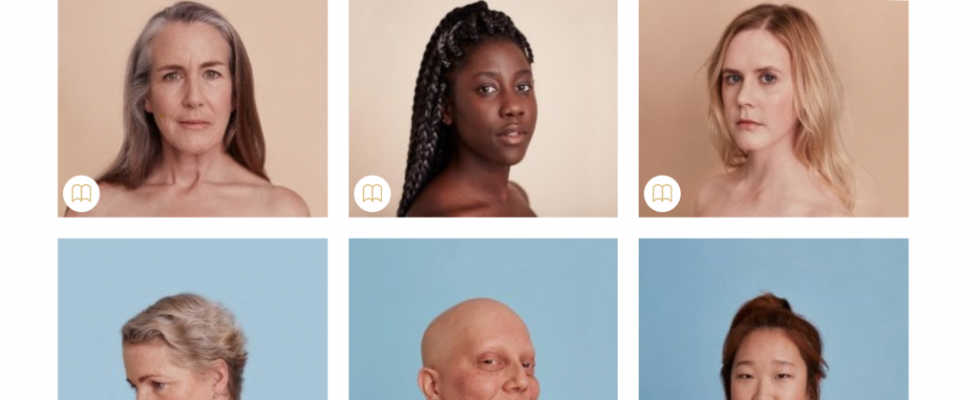People
“Young people have become a potent influence on people of all ages and incomes, as well as on the way those people consume and relate to brands.” (Francis and Hoefel, 2018) In Fashion Business, the goal for sustainability is categorised into four pillars: planet, people, profit, and purpose. ‘People’ emphasises diversity and inclusion within the fashion industry, and then how these features can be used to market to target customers to guide consumption.
In today’s fashion space, the customer has more power and influence over product lines and design than ever before! Generation Z now makes up 40% of the consumers in North America, with $44 billion of direct buying power and influence over another $600 billion they hope their parents will lavish on them. Authenticity is the key to reaching the Gen Z audience, so Fashion brands aim to create diversity and uniqueness when approaching our current generation. Social media has led consumers to adopt and move on from fashion trends quicker than ever before, and in order to appease their customers, brands must keep up with the current forecasts. Trend forecasting using social media analysis allows fashion brands to unlock their potential for commercial and creative success, hence appealing to Gen Z consumers. “Members of Gen Z are true digital natives: from earliest youth, they have been exposed to the internet, to social networks, and to mobile systems.” (Francis and Hoefel, 2018).
A brand that has responded positively to the diverse nature of Generation Z, is Dove, which tested 1,500 ads in 2016 alone to identify stereotypes around gender and ethnicity to highlight where it needed to make changes. Their aim for inclusivity began in 2004, which is when Dove’s ‘Real Beauty’ campaign launched and continues to run over a decade later. The campaign features “real women, never models” and shows women of different ages, body types, and ethnicities as seen in Figure 1. Dove also launched its line of men’s products in 2010 and has adapted its ads over the years to “combat typical hyper-masculine tone of male products”.
Unlike Dove, which is inclusive and aims to remain diverse, the company Brandy Melville have adopted a ‘one size fits all’ policy. This has perpetuated an unrealistic ideal of what teen girls should look like, which is supported by the fact that they notoriously hire white, thin, and blonde models and workers. Despite Brandy Melville sticking with impractical standards, thousands of other brands have begun responding to diversity and inclusion with a positive attitude and hence will be successful with our current Generation, encouraging a diverse, accepting society.
Bibliography:
Heuritech (January 12, 2021) ‘How to Stay Ahead of Fashion Trends in the Era of Social Media’ Available at: https://www.heuritech.com/articles/fashion-solutions/trends-on-social-media/#:~:text=Social%20media%20has%20led%20consumers,for%20commercial%20and%20creative%20success. (Accessed: 16/10/22)
Julia Luce (August 31, 2022) Simplr ‘How to Attract and Market to Generation Z Customers’ Available at: https://www.simplr.ai/blog/how-to-attract-and-keep-generation-z-customers (Accessed: 16/10/22)
Lectra (August 12, 2021) ‘3 Ways Customers are Shaping the Fashion Industry’ Available at: https://www.lectra.com/en/library/3-ways-customers-are-shaping-the-fashion-industry (Accessed: 15/20/22)
Maya Ernest (September 8, 2021) Input ‘Brandy Melville, the ‘Female Supreme,’ accused of racism and exploitation’ Available at: https://www.inputmag.com/style/brandy-melville-accused-of-racism-exploitation-female-supreme-brand (Accessed: 16/10/22)
Mckinsey & Company (February 12, 2019) ‘The influence of ‘woke’ consumers on fashion’ Available at: https://www.mckinsey.com/industries/retail/our-insights/the-influence-of-woke-consumers-on-fashion (Accessed: 16/10/22)
Pixlee Turnto (2022) ‘4 Brands Embracing Diversity in Their Content’ Available at: https://www.pixlee.com/blog/4-brands-embracing-diversity-in-their-content (Accessed: 15/10/22)
